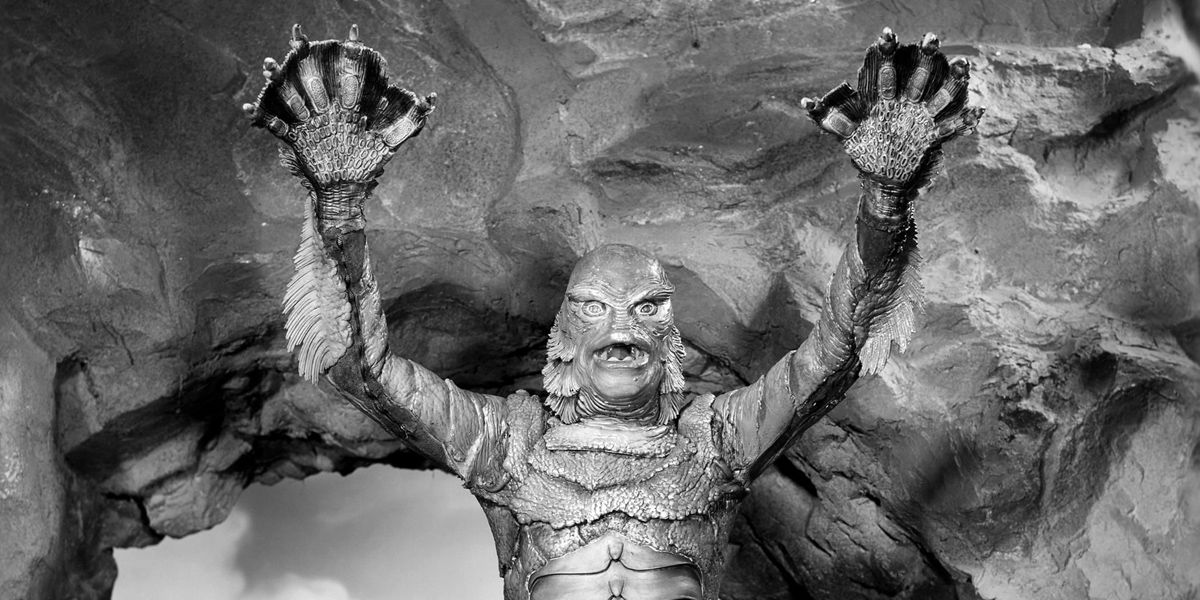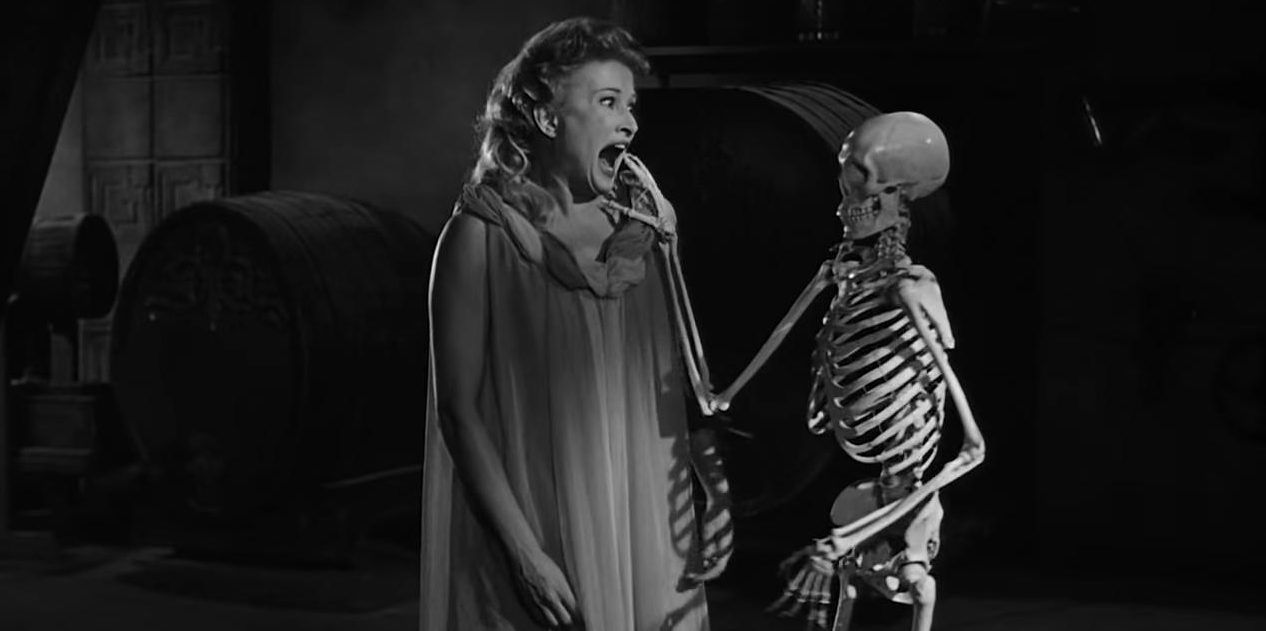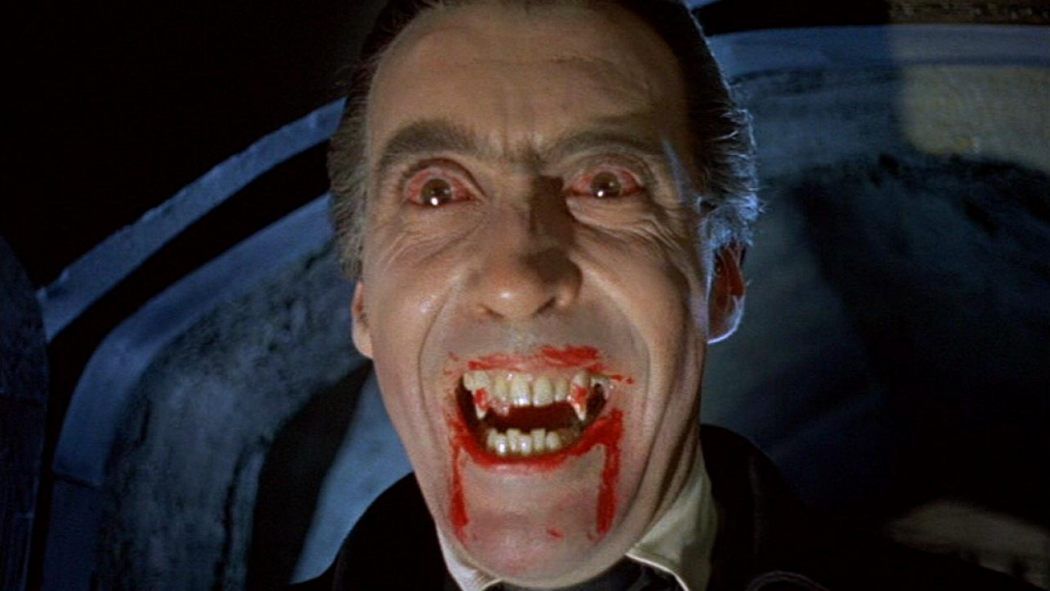Horror has always been one of cinema's most beloved genres, with each decade reflecting the times in which they are produced perhaps more visibly than most of its contemporary counterparts. This thematic saliency prominently emerged in North American horror cinema in the 1950s as the Cold War accelerated, humanity began to make tremendous scientific breakthroughs and populations turned their attention to the stars. Horror would move away from the fantasy and Old World mythologies it had relied on in its initial cinematic inception and begin to explore the dark side of the Atomic Age.
By 1948, Universal Studios largely shelved its library of classic monsters after years of diminishing returns. In 1954, it would launch the last of its iconic Universal Monsters in Creature from the Black Lagoon, directed by Jack Arnold. The film combined the last vestiges of the public's fascination of Earth's increasingly disappearing uncharted regions with the rise of the first generation of 3D films.
The 3D format debuted during the 1950s to varying levels of success, with Creature from the Black Lagoon and its direct sequel Revenge of the Creature utilizing the format. The critically acclaimed horror film House of Wax had buoyed the format's success in 1953 prior Creature from the Black Lagoon's success, but the public soon passed off 3D as a gimmick and moved on to more conventional 2D.
More enduring than 3D was the rise of drive-in movie theaters as the United States' post-war economic boom increased the number of automobiles on the roads. No longer a more formal affair that came with programs and intermissions, the American cinema industry really blossomed during the 1950s.
The increased demand and lowering cost of filmmaking led to something of the prototype for what would eventually become grindhouse cinema. Low-budget horror movies from I Was a Teenage Werewolf to Invasion of the Saucer Men began to flood drive-ins and Saturday matinee screenings.
It was this decade that gave rise to independent filmmaker Ed Wood, renowned for his infamously low-budget films like Plan 9 from Outer Space. Horror filmmaker William Castle would attempt to stand above the din of cheap horror movies by often featuring gimmicks with his films, from a plastic skeleton being dangled above audiences in House on Haunted Hill to theater seats equipped with electric shocks to surprise audiences during the climax of The Tingler.
Larger budget horror productions on the other hand would begin to blend science-fiction with Cold War paranoia. 1951's The Thing from Another World would have an American arctic base discover an unstoppable monster from a faraway planet with a thirst for blood. While leaning more towards science-fiction than horror, 1956's Forbidden Planet had a spacefaring crew discover a barren world only to find themselves stalked by an invisible monster.
Invasion of the Body Snatchers is perhaps one of the most exemplary films, combining Cold War sensibilities and sci-fi tropes with extraterrestrials staging a secret invasion by replacing unsuspecting locals with doppelgangers cultivated from strange pods. With its alien invasion imagery and metaphors of the American way being subverted by an unfeeling outside force, the film resonated with contemporary audiences upon its release in 1956.
Not to be outdone, foreign markets would similarly take great strides in their own horror cinema. While American drive-ins watched cheap monster flicks like Them! and Tarantula, the definitive creature feature would come from Japan in 1954's Godzilla.
The film that started the entire kaiju sub-genre explored fears over advancing technology during the Atomic Age, more specifically, the shared national trauma in Japan of being on the receiving of two atomic bombs during World War II. Godzilla is both creatively and narratively the product of atomic and nuclear weapons.
While Universal had largely abandoned its classic monster franchise, the British film studio Hammer Horror would take advantage of the vacuum it left to launch its own cinematic franchises, with 1957's The Curse of Frankenstein and 1958's The Horror of Dracula. Making a household name of actor Christopher Lee, the laxer censorship standards in the United Kingdom led to both franchises leaning more heavily into bloody violence and gore than had been seen in American horror cinema at the time.
With the world enjoying an economic boom even as the Cold War permeated across the geopolitical landscape, the 1950s would really see the movie industry expand and grow, both in terms of popularity and the sheer volume of films released. While some gimmicks wouldn't survive much beyond the decade, the overarching idea of blending contemporary social commentary and societal anxieties would be expanded on to great effect with the horror genre moving forward. While the hallmarks of the Atomic Age would largely come to end by the decade's close, horror had hit a new level of relevancy and continue to pursue this throughout the cinematic medium's future.



